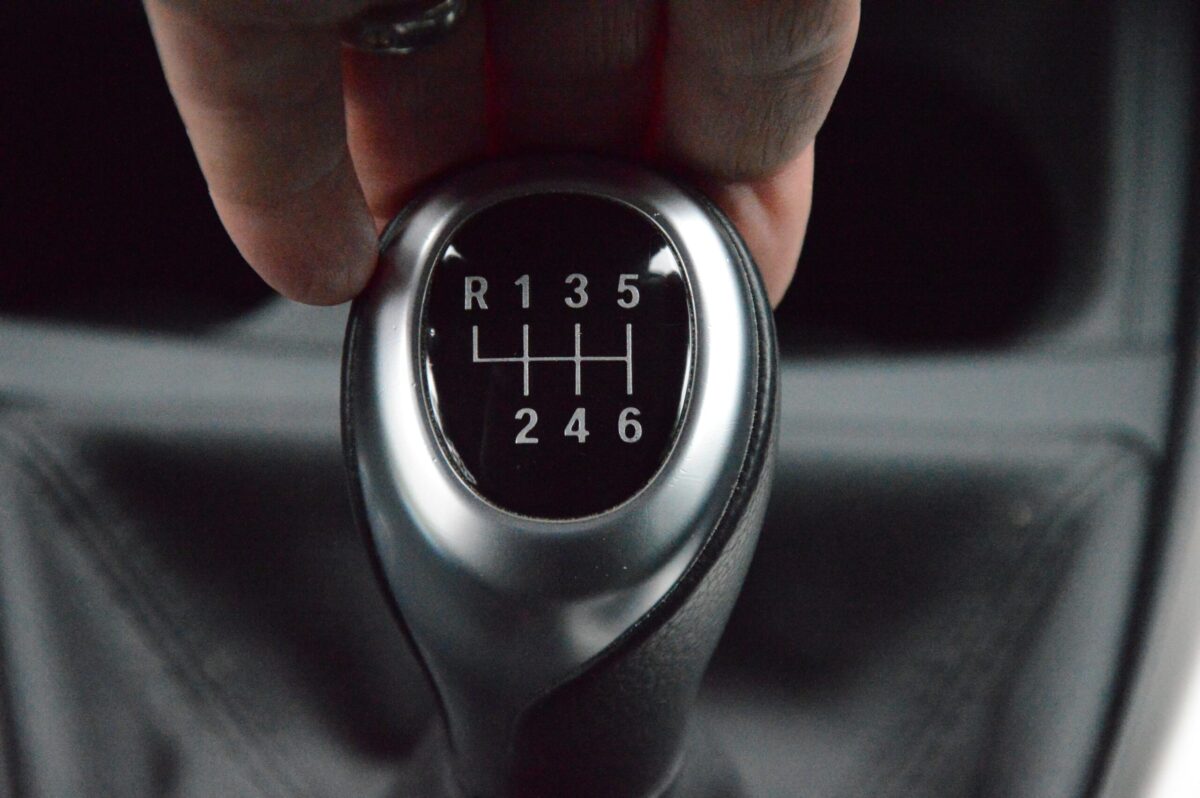Although many modern cars come with automatic transmissions, there are still many that come with manual transmissions. In fact, there are many people who prefer them. This is because they feel more involved in driving and can feel empowered better. However, for everything to go well, some care is needed.
If you have a car with a manual transmission you can’t do this!
Compared to driving with an automatic transmission, there are more things that can go wrong with a manual transmission. And we’re not talking about the fact that the engine stalls because you forgot to change gears. Using a manual gearbox puts the responsibility for the finer aspects of your car’s control on you, which means you have to handle it correctly and follow the rules, lest you end up damaging the gearbox and clutch or damaging the engine.
Place your hand on the gear lever
While driving your car, you will likely need to change gears regularly, especially if you are driving on the highway and need to reach higher speeds. After all, that’s the whole point of a manual transmission. However, it is important that, after each gear change, you completely remove your hand from the shift lever.
You may be tempted to leave your hand on the shift lever, especially if you’re shifting a lot, but that’s not a good idea. The components are very small and delicate, as they need to be to allow a clean gear change, so even the slightest unnecessary pressure can wear them out. You won’t break the shift lever right away if you put your hand on it, but it can accelerate the wear rate of the parts, requiring frequent maintenance visits.
Place your foot on the clutch
Like the gear lever button, the clutch is often used as a footrest. It’s not entirely your fault – many modern cars with automatic transmissions have a footrest where the clutch would normally be, so if you’re used to driving this type of car, you’re probably doing so out of habit. However, this is a habit you should break.
You obviously engage the clutch when it’s time to change gears, and like the gearlever, the clutch is a very sensitive piece of equipment that reacts to minute changes in pressure. If you put your foot on the clutch, even without fully pushing it, you may inadvertently engage it. Not only is this harmful to the gearbox, but if you keep your hand on the shift lever, you could accidentally change gears at the wrong time.
Keep changing when you’re stuck
When a manual gear car comes to a complete stop, such as at a traffic light or stop sign, you’re supposed to put the gear in neutral and leave it there until you start moving again. This can be a bit annoying, especially if you’re stuck in a traffic jam that keeps starting and stopping. In these conditions, you may be tempted to leave the gear lever in first gear. This is so you don’t have to worry about the clutch. However, there is a reason why manual driving instructors prevent you from doing this.
Leaving the car in first gear when it stops, even if it is in first gear, puts a lot of stress on the gearbox parts. Especially the clutch. That’s a lot of engine vibration being applied to the clutch, which is slowly but surely ripping it into pieces like a jackhammer. It’s annoying to have to constantly change gears during traffic, but you have to put up with it for the good health of your car.
Changing gears without a clutch
Every time you change gears in a manual transmission, you have to push the clutch all the way to fully unlock the shift lever. However, if you’re in the heat of the moment, you may accidentally forget to depress the clutch before shifting. The lever continues to move even if the clutch is not depressed, although there is much greater resistance. Once you realize this, you can start dispensing with the clutch altogether. Changing gears with brute force may seem cool, but your car won’t like it at all.
Forcing the shift lever to change gears without engaging the clutch is like kicking a closed door – technically, the door will open, but don’t be surprised if it doesn’t close properly afterward.
Walk neutrally
“Hovering” is an old trick some drivers use to save fuel on long trips. Leave the throttle on an incline and let the car drive itself instead of burning fuel to keep the engine running. With a manual transmission, this can be done by shifting into neutral and taking your foot off the accelerator and clutch. This may seem like a great way to improve fuel efficiency, but it is extremely dangerous.
When your car is in neutral, its functionality is significantly reduced. Usually, when driving at high speeds, if you want to slow down, you can shift to engine brake, which is safer and better for your car’s transmission system than traditional brake. However, if it is in neutral, this is not an option. You can continue to brake, but if you are coming down a hill at a high speed, the stop will be too abrupt and may not be quick enough if there is an obstacle in your way.

“Writer. Analyst. Avid travel maven. Devoted twitter guru. Unapologetic pop culture expert. General zombie enthusiast.”


